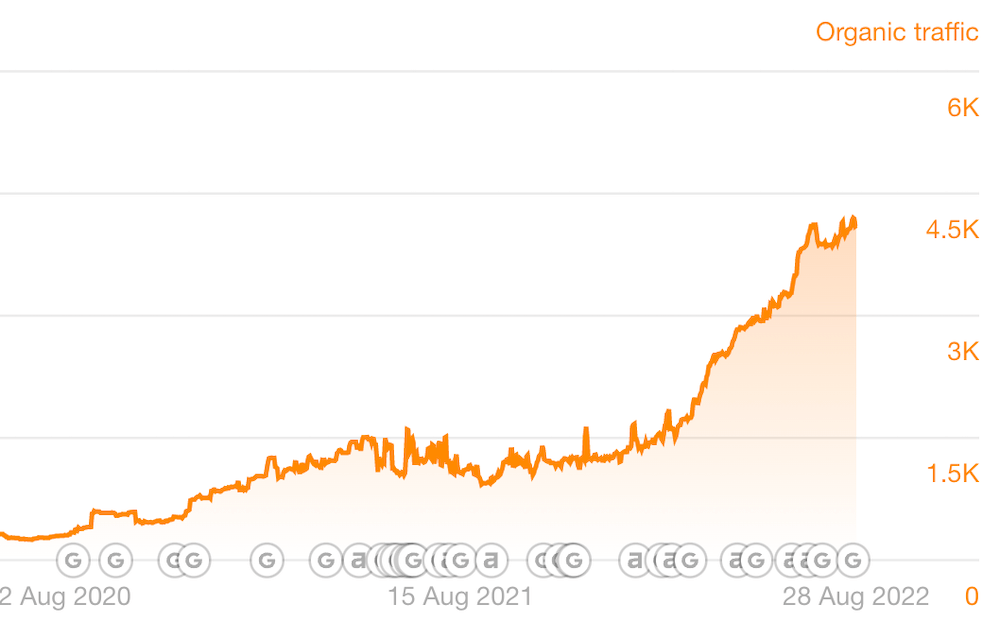You’re thinking about engaging a content marketing consultant, but you’re not quite sure from the proposal what the beginnings of the engagement will look like.
A content marketing engagement can take on many different forms. Below is just one version of the initial steps of an inbound engagement. Different consultants will, of course, take different approaches.
As with other business initiatives, the strategy behind an inbound marketing initiative should drive the tactics.
1. Assess the Current State
Begin by interviewing stakeholders to get some key questions answered. Examples of questions are:
- What problem do my company’s products or services solve for my ideal customers?
- What do my prospects not know about my product or service?
- What have past customers learned about working with us that they didn’t know before?
- Are the sales and marketing teams working in concert?
- Is your website content getting enough visibility in the search engine results?
- Audit existing digital assets

2. Articulate Marketing Objectives
Based on the assessment, determine your marketing objectives and the relative priority of each objective. A list of objectives can include:
- Brand building
- Getting more business from our existing customers
- Landing a higher number of net new customers each month
- Acquiring more leads from our vendors
3. Identify Your Target Accounts
What is your area of geographic coverage? Do you sell locally, nationally, or internationally?
What industries/verticals have you sold into in the past? What verticals do you want to sell into in the future?

4. Define Roles Within Target Accounts
Who are the buyers within your target accounts? If you’re marketing to small businesses, you may sell to the owner or a general manager. If you’re marketing to larger companies, you may sell to an IT manager or the vice president of sales.
Who are the influencers within your accounts? Your marketing may be more likely to get an influencer’s attention than a buyer’s.
Who are the practitioners? These are the people who will be using your product or service.
5. Analyze Competitor Websites
How are your competitors approaching their content marketing? What keywords are they ranking for—even unintentionally—that we should consider also trying to rank for?
What can be learned from similar businesses in other parts of the country if you have a regional business?
6. Determine The Initial Traffic Sources
There are various potential inbound traffic sources. Initially, focusing on just one or two sources, such as organic search results and social media, is essential.
Over time, you can expand your sources to video, audio, and blog sites such as Medium and LinkedIn.
7. Define Traffic Destinations
Where do you want to drive traffic that comes from organic search results? Here are some of the options. They are not mutually exclusive:
- Home Page
- Blog Posts
- Product pages
- Service pages
- Landing Pages
8. Identify Desired Visitor Actions
Once visitors arrive at a destination, what calls to action do you want to present to them? Each traffic destination should have one primary call to action.
- Contact us
- Request a demo
- Get a quote
- Schedule an online meeting
- Download something of value (lead magnet) in exchange for contact information
- Download an un-gated digital asset like a solution brochure
- Fill in a traditional “Contact Us” type form
9. Evaluate the Appropriate Technologies
Many technology options exist for websites, web forms, landing pages, and nurture email campaigns. Some are reasonably priced and do not represent a significant cost for most small and mid-size businesses.
Depending on business requirements, an inbound marketing consultant will recommend a specific blend of technologies.
10. Develop a Plan For Measuring Progress and Success
Combining website analytics data, marketing automation system information, and CRM data will indicate which efforts have worked best.
Marketing revenue attribution can be tracked by creating technical connections along the awareness-to-order path. Management can then be provided with proof of the value of marketing efforts.



